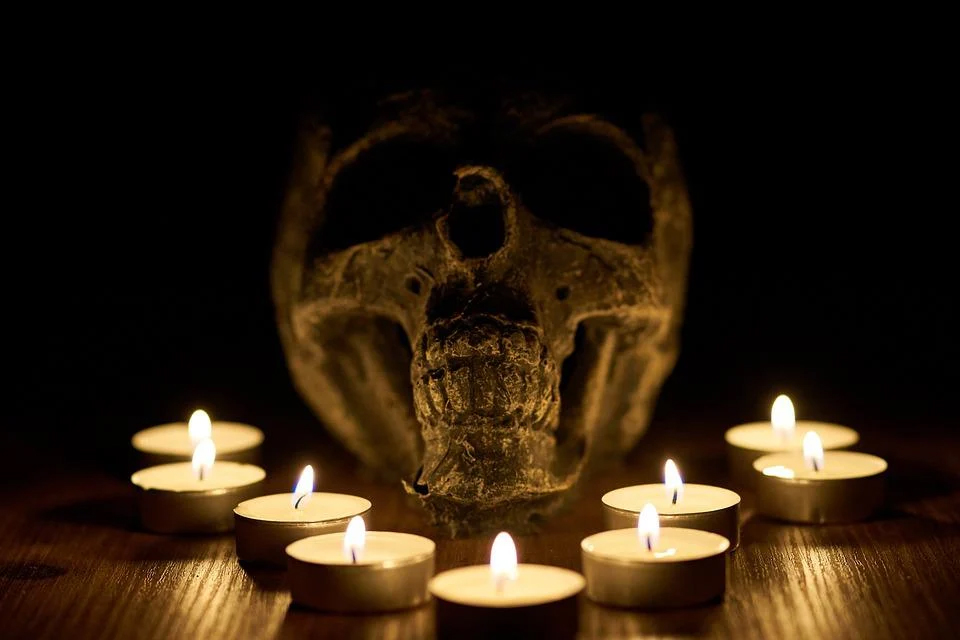
While Satanism still exists, a gap between “rationalist’” and “occultist” or “theistic” groups “largely defines the global Satanist scene,” writes Massimo Introvigne in his newsletter Bitter Winter (May 24). Seeing Satan as more of a symbol of power and the priority of the self than a sentient being, rationalists eschew the supernaturalism of the occultist variants. Organized Satanism gained followings in the 1960s, mostly through the publicity surrounding Anton LaVey and his rationalist Church of Satan. There were numerous breakaway groups, but contrary to predictions, LaVey survived the further schisms that emerged. At least 60 percent of world Satanists are still “LaVeyan,” whether they are “members of the Church of Satan (currently led from New York by Peter Gilmore) or otherwise, with a special flourishing in Scandinavia,” Introvigne writes. Among the more recent rationalist groups, one of the most influential is the Order of the Left Hand Path, founded in New Zealand in 1990 by right-wing writer Kerry Bolton. He eventually converted to Christianity, but the group still exists. Italy has one of the more prominent Satanist scenes, the largest group being the rationalist Luciferian Children of Satan, founded by Marco Dimitri (who died last year). In the U.S., Michael Ford became a sensation by starting the first Satanist temple open to the public. Ford’s Satanism appears to be a variation of LaVey’s, but his Church of Adversarial Light, Order of Phosphorus, and Greater Church of Lucifer are also part of “Luciferian witchcraft, a galaxy of small groups that try to keep together Wicca and Satanism claiming that the god of the witches was in fact Lucifer.”
Introvigne writes that an even more visible figure in the U.S. is Lucien Greaves and his Satanic Temple. It has gained notoriety for its public celebrations of Satan and lawsuits demanding religious non-discrimination by allowing Satanic statues (such as Greaves’s famous Baphomet), prayers, and after-school clubs to accompany their Christian counterparts in public spaces. Coming from a LaVeyan background, Greaves’s main thrust is more to eliminate the Christian presence from the public sphere than to promote Satanism. The largest occultist Satanist group, with about 2,000 members, could be the Order of Nine Angels (ONA), founded by “Anton Long,” which is said to be a pseudonym for the British neo-Nazi David William Myatt. Although Myatt says he has rejected Nazism, ONA is openly Satanist and is also a secretive organization, holding terrorism to be a valid tool to usher in a new “Black Aeon” (although it is unclear whether it has committed actual crimes). Another group with a neo-Nazi background is Joy of Satan, founded in the early 2000s, which “offers a unique combination of theistic Satanism, Nazism, and UFO conspiracy theories. It regards Satan as a benevolent alien who created the Aryan race, while extraterrestrial villains created the Jews.”
In contrast, a group known as The Satanic Reds, founded in New York in 1997 by Tani Jantsang, was inspired by the mythology of novelist H.P. Lovecraft and “combines Satanism with social reform, using Marxist symbols but in fact proposing something more similar to [the] New Deal’s social realism,” Introvigne writes. A variety of occultist groups with a Satanist orientation are operated by the Chicago esotericist Michael Bertiaux, such as the Neo-Luciferian Church. The church worships Lucifer as “one of several possible representations of the divine” and claims that Luciferian energies are specially mobilized by art, as evidenced in Bertiaux’s own artworks. Although rationalist Satanism holds sway on the Internet, theistic variants have gained a significant online presence. Significant theistic websites are operated by activists such as Venus Satanas and Diane Vera, whose Church of Azazel also organizes rituals and meetings in New York. Introvigne points out that even theistic Satanists celebrate Satan as a “good” character and the liberator of humans. It is only in the milieu of Extreme Metal music where one can encounter an “anti-cosmic” Satanism worshiping Satan as the dark god of death, destruction, and evil.
(Bitter Winter, https://bitterwinter.org/4-contemporary-satanism-rationalist-and-theistic/)

Source: Engin Akyurt | Pixabay.